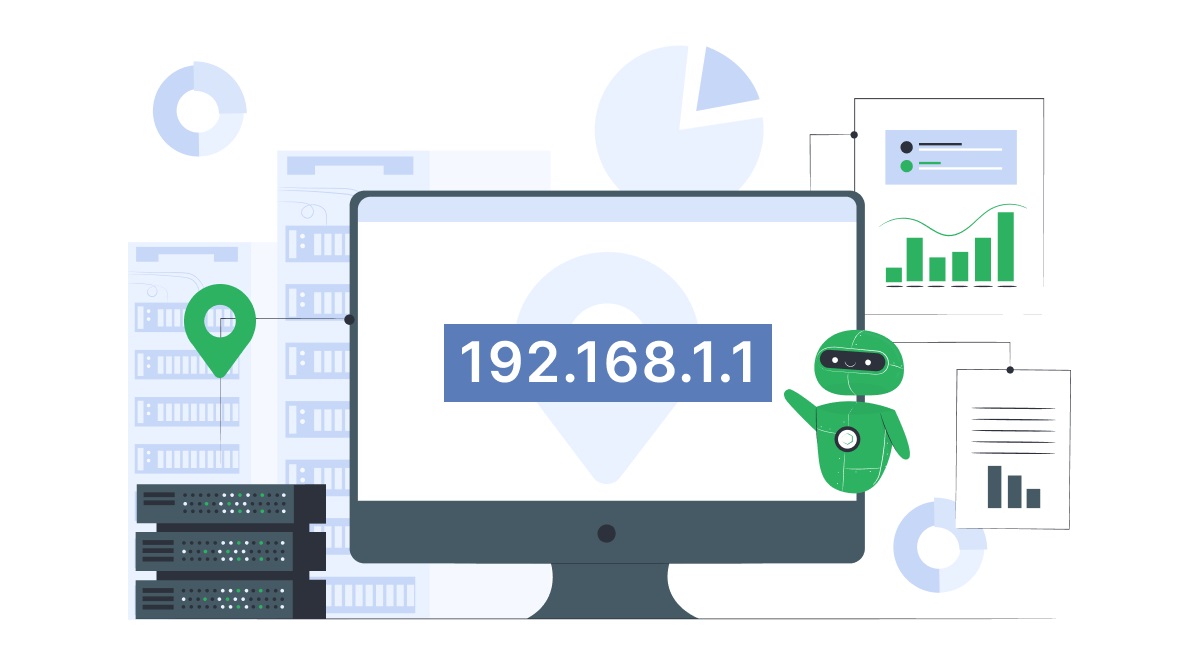As businesses, individuals, and institutions strive to stay seamlessly connected, the demand for robust networks and infrastructure has never been higher. With this increasing reliance on connectivity comes the darker side of the internet a realm where individuals with malicious intent seek to disrupt and compromise online operations. This is where the term “IP stressing” comes into play, and understanding its dynamics is crucial for fortifying our digital existence.
Rise of IP booters
The dual nature of technology means that tools developed for legitimate purposes are exploited for malicious activities. The rise of IP booters has significantly contributed to the proliferation of DDoS attacks. These services, often marketed as stress testing tools, allow users to target websites and online services with overwhelming traffic, causing disruptions and downtime. The appeal of these booter services lies in their accessibility. Many of them operate as online platforms, requiring little to no technical expertise from the user. This ease of use attracts individuals with malicious intent, ranging from script kiddies seeking notoriety to more sophisticated cybercriminals aiming to disrupt competitors or extort money.
DDoS attacks have severe consequences for individuals, businesses, and even entire industries. The primary goal of such attacks is to overwhelm a target’s resources, leading to service degradation or complete unavailability. The impacts are wide-ranging, including financial losses, damage to reputation, and potential legal ramifications. For e-commerce platforms, a few hours of downtime during peak shopping seasons result in significant revenue losses. Similarly, financial institutions face the risk of disrupted online services, impacting customer trust and satisfaction. The potential for cascading effects on interconnected systems makes DDoS attacks a serious concern for any entity that relies on online operations. Visit the site tresser.io for more information.
Mitigating DDoS threats
- Implement robust network security measures – Deploy firewalls, intrusion prevention systems, and other security measures to safeguard against unauthorized access and traffic.
- Utilize content delivery networks (CDNs) – CDNs distribute website content across multiple servers, reducing the impact of DDoS attacks by dispersing traffic and minimizing the load on any single server.
- Monitor and analyze network traffic – Regularly monitor network traffic for unusual patterns and employ analytical tools to detect and respond to potential DDoS attacks in real-time.
- Engage DDoS mitigation services – Consider partnering with DDoS mitigation service providers that specialize in identifying and mitigating DDoS threats.
- Educate and train personnel – Ensure that personnel are educated on security best practices and are aware of the potential risks associated with DDoS attacks.
Legislation and legal actions
Recognizing the severity of DDoS attacks, many countries have enacted legislation to deter and penalize those engaging in such activities. Legal actions against individuals or groups involved in launching DDoS attacks include fines, imprisonment, or other punitive measures. The evolving nature of cyber threats poses challenges for law enforcement agencies. Many perpetrators operate across borders, making it difficult to track and prosecute them effectively. International cooperation and information sharing are essential components in the global effort to combat cybercrime. While stress testing remains a valuable tool for identifying and addressing vulnerabilities, the rise of malicious actors exploiting these techniques demands a concerted effort from cybersecurity professionals, businesses, and policymakers alike. Superior connectivity only be achieved and sustained through a collective commitment to responsible and ethical use of technology.

